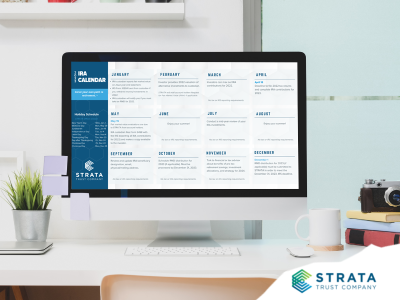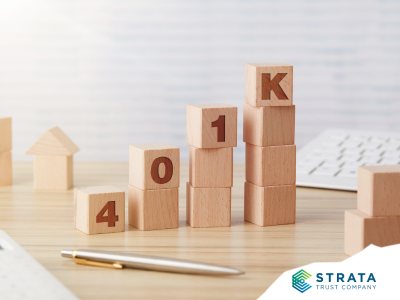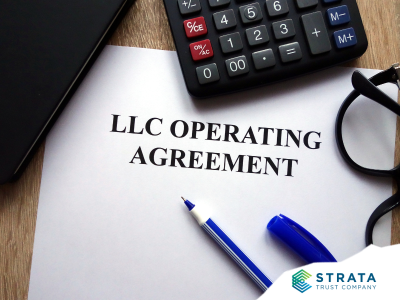Self-Directed Individual Retirement Accounts (SDIRAs) permit diversification into a broader range of investments than conventional IRAs, while providing similar tax benefits. SDIRAs can include alternative assets such as private equity, venture capital, private debt, hedge funds, real estate, and commodities. Such alternatives allow retirement savers to better diversify their overall investment strategy, which is a powerful tool for mitigating portfolio risks.1
 History of Alternative Investments
History of Alternative Investments
While alternative investments have been around for a long time, their popularity has grown significantly in recent years. One of the earliest alternative investments was real estate. Land and property have always been considered valuable assets, and people have been investing in real estate for centuries. However, it wasn’t until the 1960s that real estate investment trusts (REITs) were introduced, making it easier for more investors to access the real estate market. In the 1970s, the popularity of limited partnerships also grew, which allowed investors to pool their money together to invest in large real estate projects.
In the 1980s, hedge funds emerged as a leading alternative investment. These private investment funds were created to generate high returns using a variety of investment strategies, including leverage, short selling, and derivatives trading. The use of hedge funds became more widespread in the 1990s, with more investors looking to diversify their portfolios and take advantage of the potential returns offered.
In the 2000s, private equity investments became increasingly popular. Private equity funds invest in privately held companies, often with the goal of acquiring a controlling stake in the business. Private equity firms use a variety of strategies to increase the value of the companies they invest in, such as restructuring the company’s operations, improving its management, or selling off parts of the business.
Today, as more investors look to diversify their portfolios and seek out higher returns, alternative investments will continue to grow in popularity and become an integral part of overall portfolio strategies.
 Alternative Assets Can Boost Portfolio Performance
Alternative Assets Can Boost Portfolio Performance
Alternative assets have posted impressive long-term performance. For example, in the 20-year period ending in 2022, average annual returns for private equity investments were 14.75%, compared to 9.25% for the S&P 500 and 8.84% for the Dow Industrial Average.2
Part of the reason for the solid long-term return is that alternative assets tend to perform well in turbulent markets. Investing in alternative assets during periods of market volatility has been a strategy utilized by many investors and institutional funds – that is because the diversification benefits offered by alternatives provide the opportunity for counter-cyclical returns during times of market stress.
 Famous (or Infamous) Volatile Market Periods
Famous (or Infamous) Volatile Market Periods
When the Dotcom bubble burst in 2000, the S&P 500 finished the year down over 9%. However, the HFRI Fund Weighted Composite Index, a broad measure of hedge fund performance, ended the year in positive territory. Likewise, investors who had their money in real estate, which has a low correlation to the stock market and can provide a steady income stream via rents, generally saw stable or even increasing returns. And throughout the entire 2000-2003 financial crisis, a key indicator of private equity performance saw a 27% peak-to-trough decline, compared to a 47% drop for the S&P 500.2
The 2008 financial crisis and ensuring recession was one of the most turbulent markets on record. Almost every asset class declined, but commodities rebounded relatively quickly compared to the stock market. For instance, gold, which is viewed as a “safe haven” asset, ended 2008 up about 5% while the S&P 500 was down over 37%. But it wasn’t just gold that protected investors during that period. From the peak to the trough of the entire 2007-2009 recessionary cycle, the private equity performance indicator declined just 28% compared to the 55% drop of the S&P 500.2
Coming out of the 2007-2009 financial crisis, private equity and venture capital investments also performed well. Ironically, one of the negatives of those investments, illiquidity, was the reason. While a lack of liquidity causes investors to tie their money up for longer periods of time, it affords managers the time to restructure or improve operations in their portfolio companies without immediate pressure from public markets. As such, many private equity and venture capital funds that made investments during the depths of the financial crisis saw impressive returns as economies recovered.
More recently, when COVID-19 lockdowns shut down much of the economy in 2021, private equity gained 27%,2 whereas the S&P 500 index returned 26.61% (28.41% including reinvested dividends).3
 The Future of Alternative Assets
The Future of Alternative Assets
The demand for private equity funds is increasing as high returns and perceived low volatility continue to drive inflows from both existing and new institutional investors.4 Inflows will help drive performance and show investors the benefits of diversifying into alternative investments.
It is important to note that while alternative investments can provide diversification and potential outperformance during market downturns, they also come with their own set of risks and challenges. These can include illiquidity, tax considerations, and a greater need for due diligence. Therefore, they might not be suitable for all investors. Always consult with a financial advisor or investment professional before making investment decisions.
More Information
Historically, alternative investments tend to fare well despite market volatility. If you’re looking to strengthen your retirement portfolio against times of financial uncertainty, you may want to consider diversifying your portfolio with a variety of alternative investments through an SDIRA. For a thorough description of the alternative investment options offered by STRATA, visit our Investment Options page. You may also contact our self-directed IRA experts with any questions you may have about STRATA IRA account options.
_______________
1 STRATA Trust Company, 2022 Self-Directed IRA Investor Survey Report (2022)
2 CAIA, How Private Equity Markets Have Historically Weathered Storms (February 13, 2023).
3 DQYDJ, 2021 S&P 500 Return (2021)
4 Deloitte Insights, The Growing Private Equity Market: How PE Firms Can Use Expertise, Technology, and Agility to Exceed Stakeholder Expectations (November 5, 2020).


















